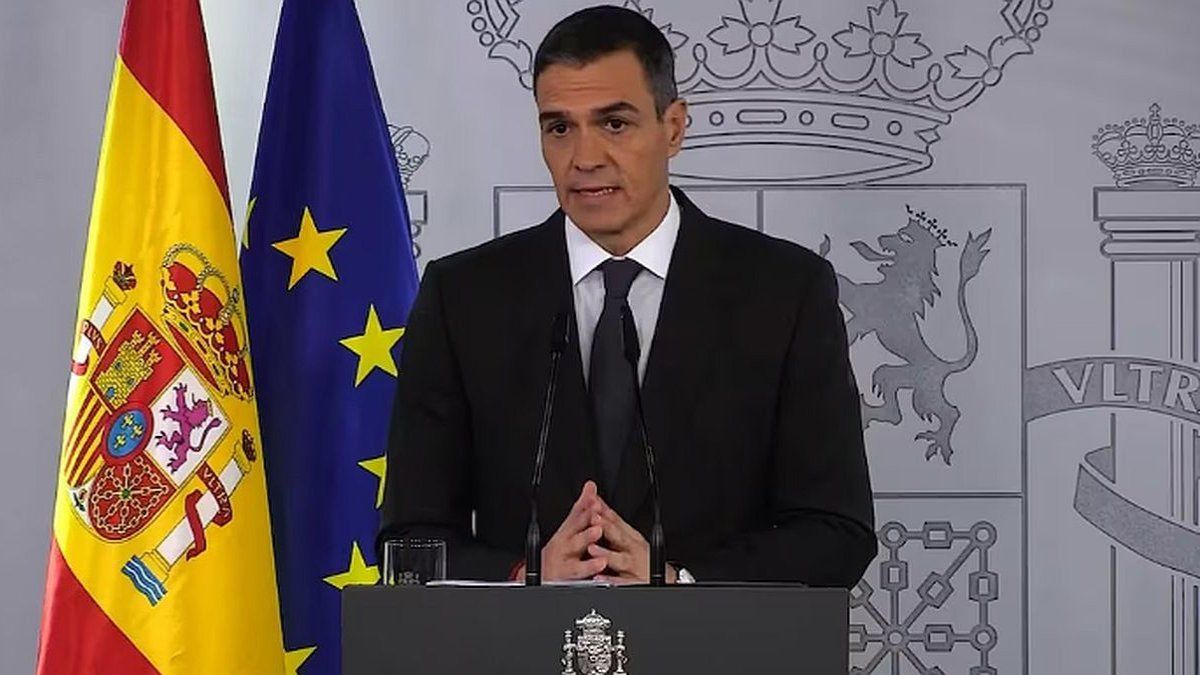In this analysis of the rules linked to the Asset Regularization Regime (1) (RRA) I will refer to the treatment that should be given to the externalization of exchange assets.
Exchange Goods
Article 24 of the RRA defines the assets that are covered by it, and with respect to exchange assets, section e) of section 24.1 specifically establishes that: “The following assets may be subject to this regularization regime: e) Other movable assets not included in previous sections, located in Argentina; …”.
The breadth of the rule allowed us to assume – before the issuance of Decree No. 608/24 – that its wording included them.
1. Valuation of Exchange Assets as components of the Taxable Base (BI) of the Special Tax on Asset Regularization (IERA).
Exchange goods participate in the determination of the BI of the IERA and for this purpose, section e) of Art. 27° of the RRA Law establishes that they will be valued at their market value on the Regularization Date converted to US dollars at the Regularization Exchange Rate, of course for the purposes of entering this special tax.
Subsequently, Article 13 of Decree No. 608/24 regulates the aforementioned paragraph of Article 27 of the RRA in two ways:
- Regarding your participation in the IER BI: provides that the amount of the exchange assets will be converted to US dollars so that the IER is determined in said currency.
- Regarding its consideration in the Income Tax of the year following the regularization:
- The value of the exchange assets valued as indicated in section e) of Art. 27° of the RRA constitutes the value of incorporation into the declarant’s assets as of 1/1/24 without converting them to US dollars.
- The taxpayer who regularizes them will not be able to compute – for the purposes of determining the Income Tax – in the following fiscal year as initial existence the exchange assets that he had regularized.
The above implies considering that if a taxpayer whose fiscal year ended up to 12/31/2023 inclusive, and regularizes exchange assets, in fact the regularized amount must be added to the final stock duly declared.
From the above, a difference arises between the treatment that should be assigned to such regularized assets from the accounting and tax point of view..
2. Accounting treatment of regularized exchange assets
In turn, from an accounting point of view, the inventories included in the final balance sheet up to that date plus those regularized make up the initial stock of the following year, and also, depending on their condition, they will be included in the final stock of said year.
3. Tax treatment in the Income Tax of regularized exchange assets.
However, in accordance with the provisions of Art. 13 of Decree 608/24, exclusively for the purposes of liquidating the Income Tax for the year following the regularization, Regularized exchange goods are not part of the initial existence of the same, although, in whole or in part, they will be included in the final existence..
4. Difference between the accounting and tax cost of goods sold.
The difference between the accounting and tax treatment previously described in sections I.3 and I.4 causes an increase in the tax burden on Income Tax, which arises from considering a tax cost of the goods sold lower than the accounting cost, for the purposes of this tax.
5. The impact of the regularized amount in the concept of inventories in the tax inflation adjustment of the following year.
When settling the Income Tax in the fiscal year immediately following the incorporation of the inventory in the RRA, the following question arises: Do the inventory incorporated in the RRA integrate the static inflation adjustment?
Let us remember that in accordance with the provisions of Art. 106 of the Income Tax Law, the inventory assets constitute the assets at the beginning of the fiscal year, less the liabilities at the same date, which make up the equity subject to updating by the corresponding index.
However, in my opinion, such a situation is not possible because it is expressly provided for in its final part by Article 13 of Decree No. 608/24 when it states that: “Without prejudice thereto, the taxpayer may not compute, for the purposes of determining the income tax, the exchange assets that he had regularized, in the initial existence of the immediately following fiscal period.”
The expression “may not be computed” + “for the purposes of determining income tax” + “in the initial existence of the immediately following fiscal period” implies that such limitation is comprehensive of both:
- Its non-consideration in the initial existence of the following year to determine the cost of the goods sold, as well as for,
- Its non-consideration in the static inflation adjustment of the following year.
Such interpretation arises from considering the specific wording of art. 13 of Decree 608/24 which prevents “… for the purposes of liquidating the income tax… “the computation of the regularized assets in the initial existence of the following fiscal year, without distinguishing whether it refers exclusively to the cost of the merchandise sold, or to its inclusion in the static adjustment, or in both technical adjustments.
There is no grammatical expression in its wording that requires considering I or II; on the contrary, its absence allows me to conclude that the initial existence should not be considered so much to determine the tax cost of the goods sold as its non-inclusion in the static inflation adjustment of the following year.
Public accountant. Partner of Tax&Legal Business Advisor SRL.
(1) Established by Law 27,743. Regulated by Decree 608/24, RG No. 5528/24, Communication No. 8062 of the BCRA and Resolutions No. 590 and No. 613 of the Ministry of Economy of the Nation.
Source: Ambito




